Assuits/Tillis/Tulle bi Telli /Coptic wedding veils/ Egyptian wedding veils/shawls
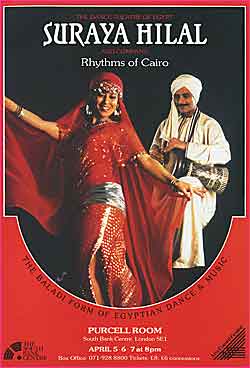
Image of my Teacher Suraya Hilal dancing in a Tilli made by Jennifer Carmen her Artistic Director and Producer. Ibrahim Minyawi a magnificent Tabla player (RIP) accompanies her. I have long had a love affair with these beautiful antiques. My thanks to The Gilded Serpent -a renowned e-magazine, and other on line sources for some of the information in this document. Thanks also to the legendary Farida Fahmy who discussed them in a conversation/lecture many years ago at Majma Dance Festival in Glastonbury .
History
They are formally known as Tulle-bi-Telli usually linen mesh/netting fabric with small strips of hammered metal (silver and less commonly gold) in geometric patterns. The invention of the bobinet machine in Tulle , France in the early 19th century increased the popularity of a hexagonal mesh fabric and it became commonly known as Tulle. The French introduced tulle during their Occupation of Egypt. They were manufactured in Egypt at Assuit –hence the name- on the river Nile , a production line and export business soon ensued.
Many of the old black and white Golden Age Egyptian films portrayed dancers wearing Assuits, and they have also been used in Hollywood productions, like Cecil B. De Mille's films, and Samson and Delilah. You can also see it in films and dramas of the 1920s.
They were originally commissioned (and each is/was unique) for weddings –the bride wore it on her head, and they were also used as altar decorations in Coptic Churches. They were also used to decorate pianos.
Designs and Patterns
The two motifs/designs most commonly that I have seen in the last 20 or more years are:
Diamond patterns
Horizontal patterns- my former teacher (Suraya Hilal) referred to this as “Saidi” style
They photograph well in theatres and also in black and white. This is me below
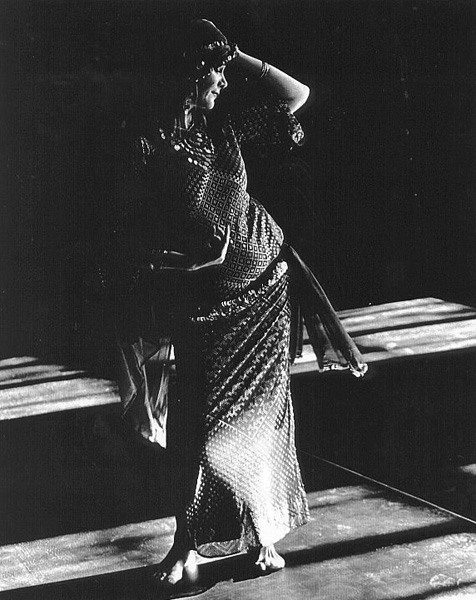
Shapes that can be identified: churches, buildings, crops, water jugs, waves (representing the Nile ), dancing girls, pyramids, camels, stars, and even once I saw a Pharonic barge! See the close up detail in my images below.
Jennifer Carmen who was the Stage manager for my former teacher Suraya Hilal used a template costume made with 2 similar tillis, the heavier one being worn around the hips and legs. Any one interested in making a similar costume to the red costume depicted is welcome to get in touch with me but I am not a dress maker sorry, but I am happy to pass on information or share my experience if it helps . See images of 2 dresses below that I had commissioned.
Jennifer says : “ if they are made of good material, they are very durable and in my opinion show off the movements better than anything else- and they feel amazing to wear, just the right weight”
My experience
They are perfect for theatres where the lighting illuminates and showcases them to best advantage
Save them for prestigious performances as they are exceptional
Where can you obtain them?
- Antique collectors/sellers
- Auction houses
- Those with a bellydance/Egyptian dance connection
- Charity shops occasionally stock them
- Ebay
Suraya Hilal wearing a tilli taken from Jennifer Carmen's website
Note this is a good resource for dancers and includes amazing cds for sale .
I had an enormous collection of Tillis some of which are below. They languished unseen for many years and I thought these beautiful fabrics should be passed to those that can revere them more than I so I relinquished them. I would like to thank Roxane Grant for the amazing photographs below. She is a very talented lady.
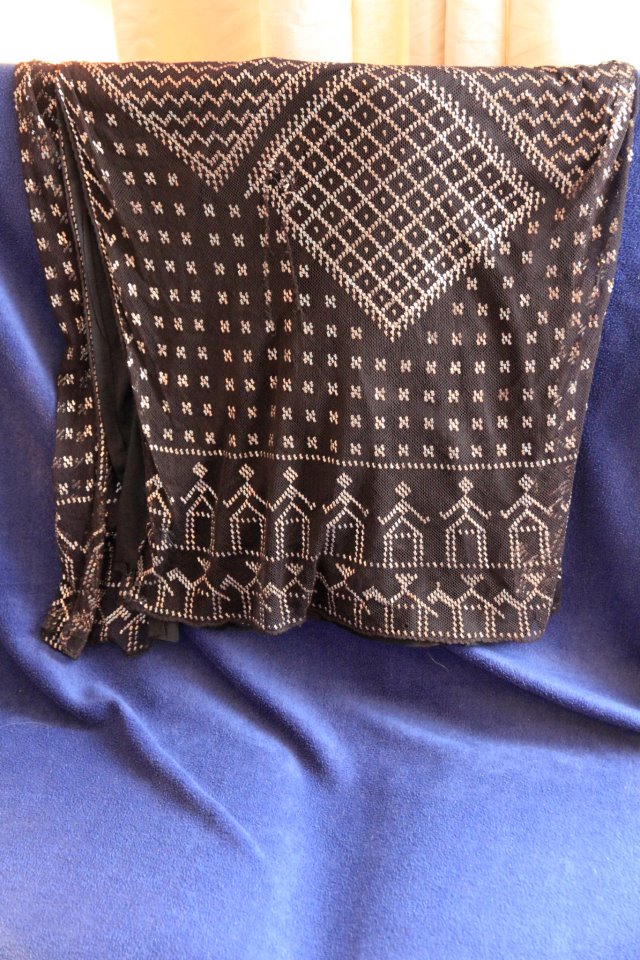 |
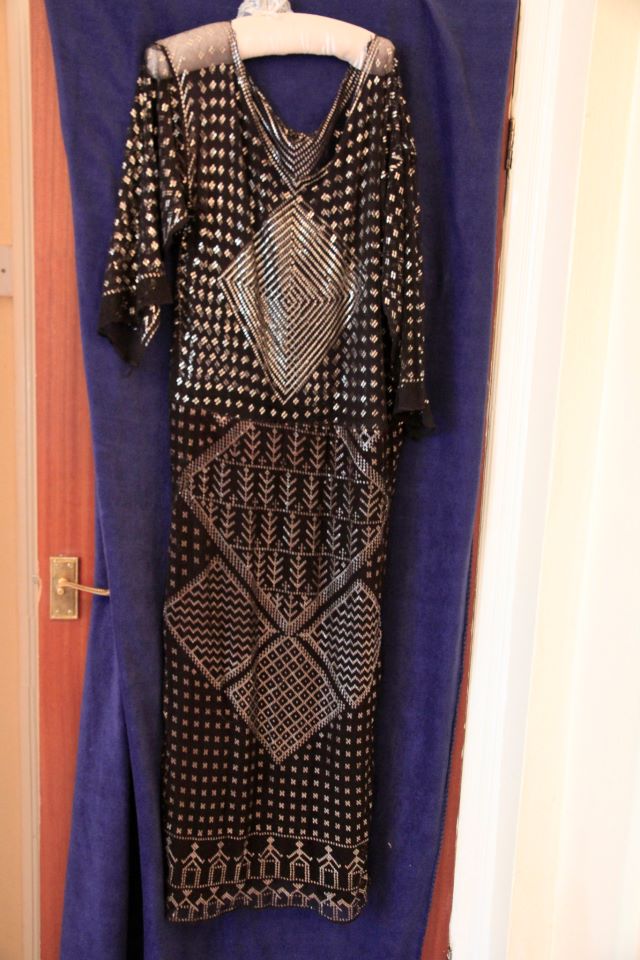 |
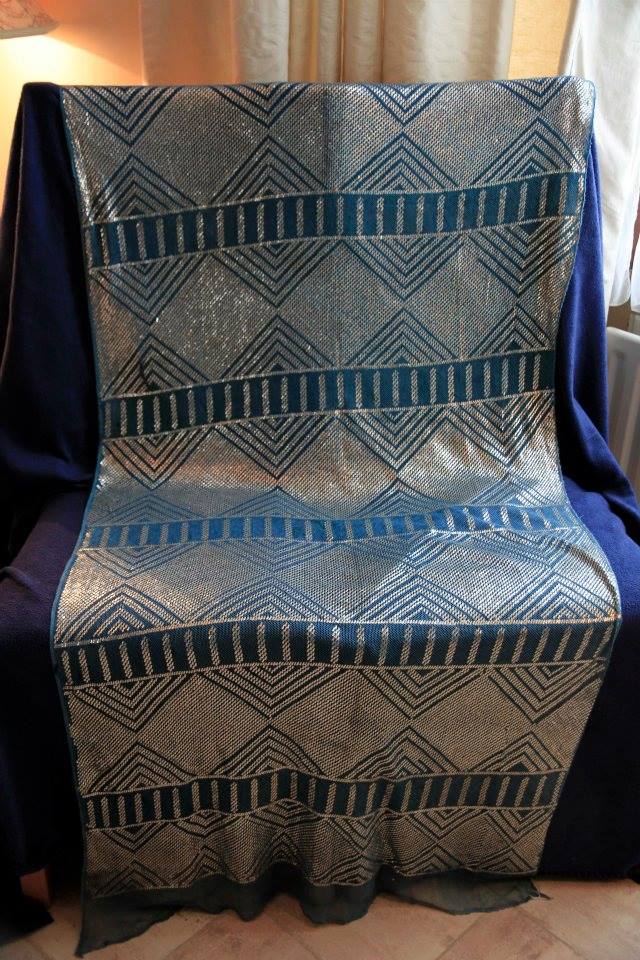 |
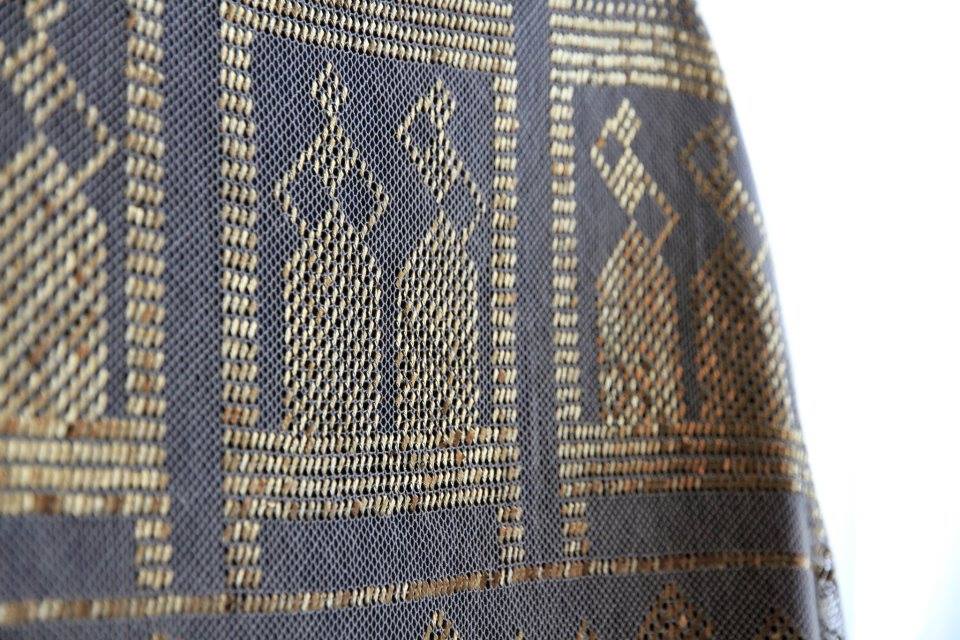 |
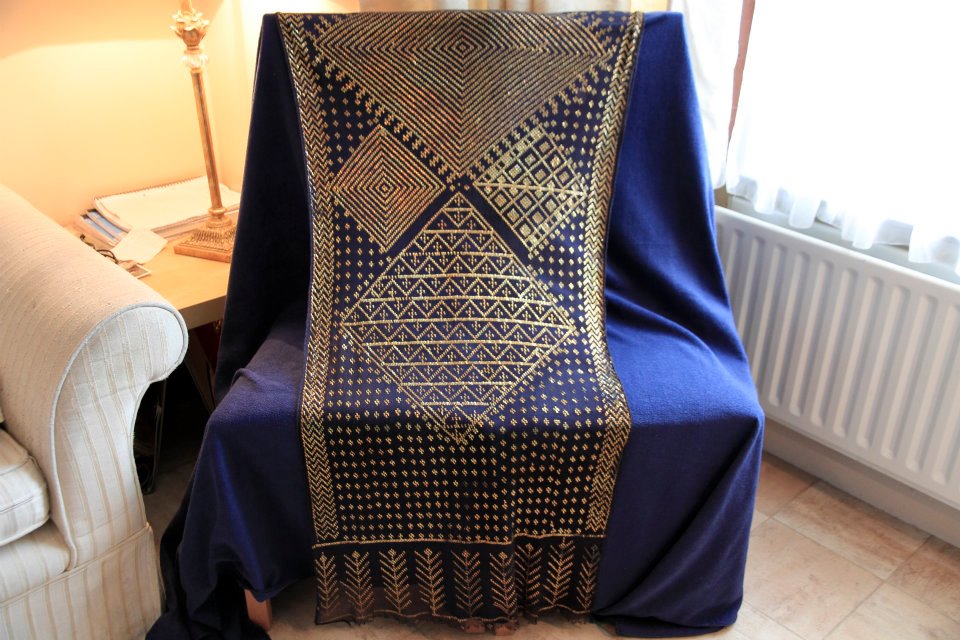 |
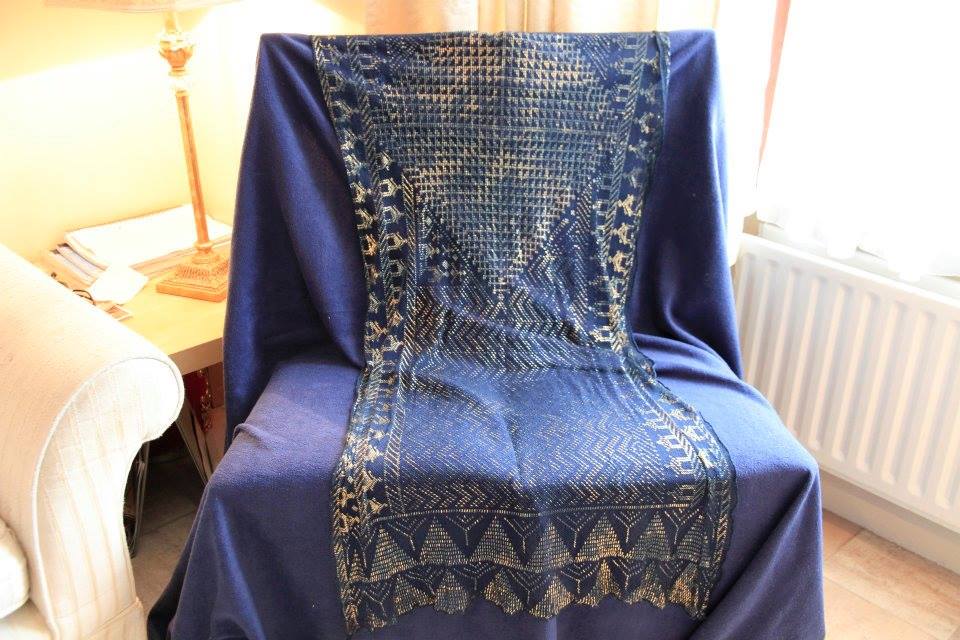 |
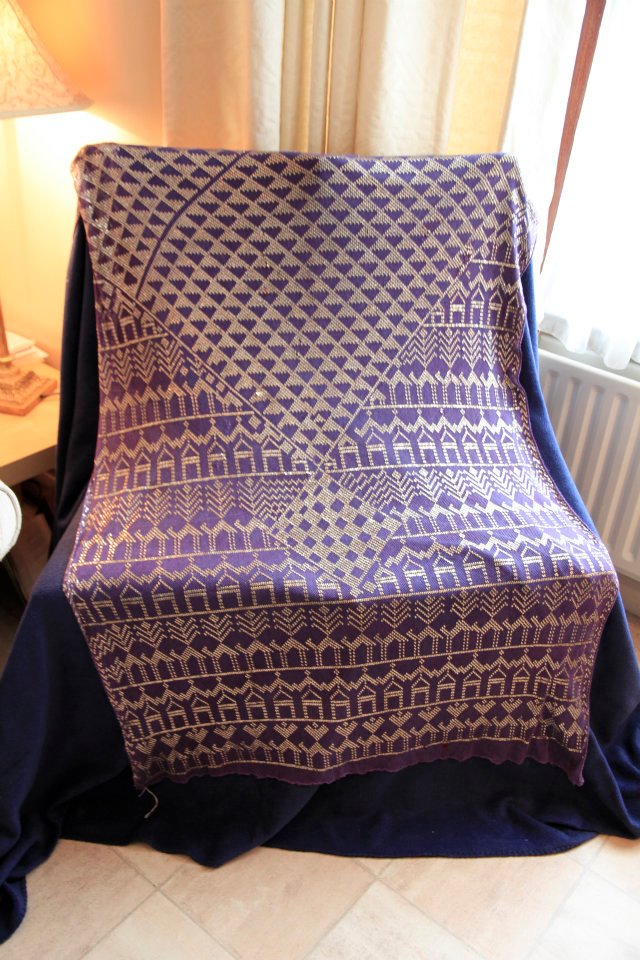 |
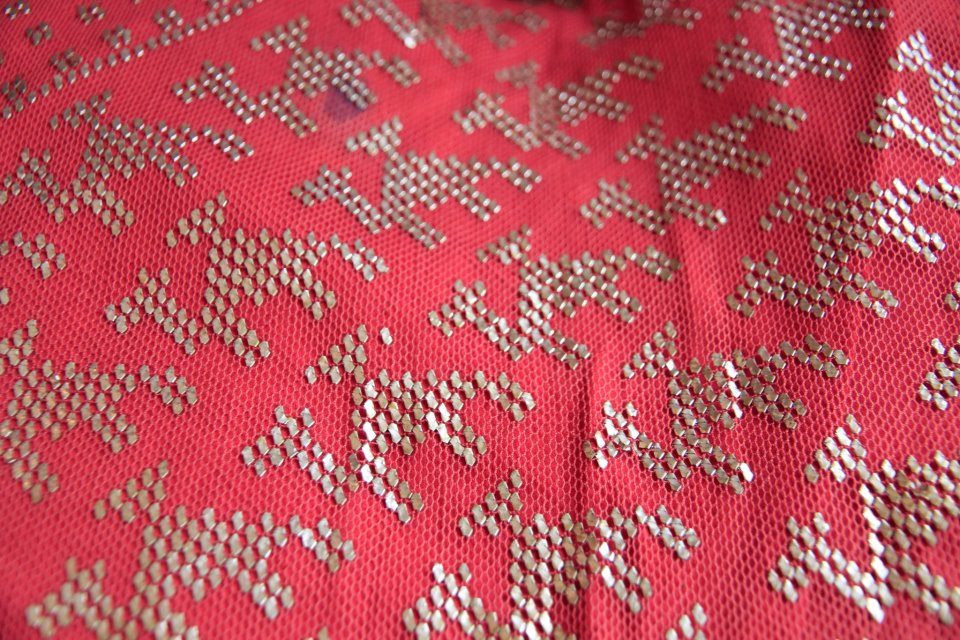 |
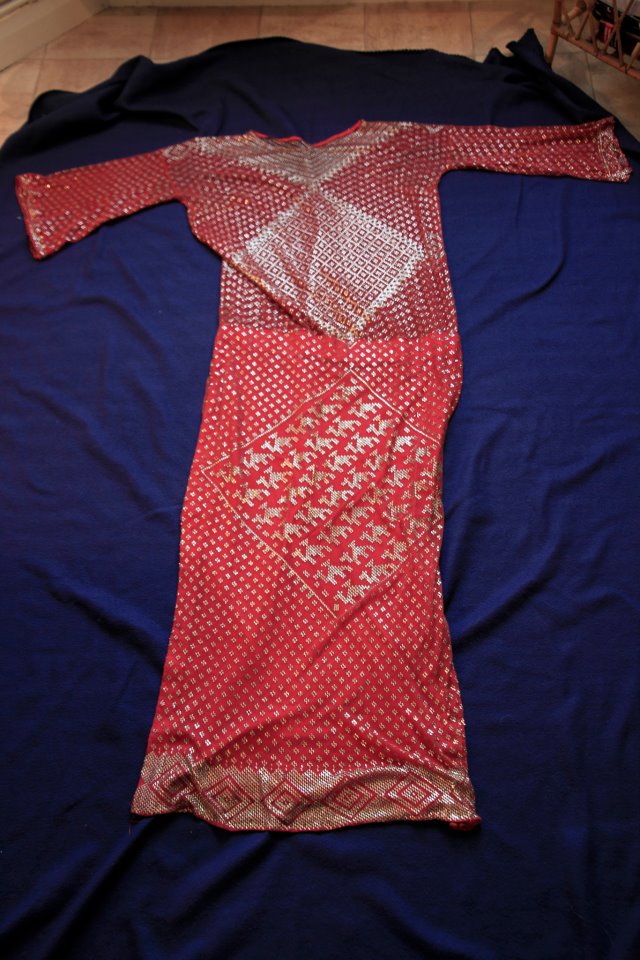 |
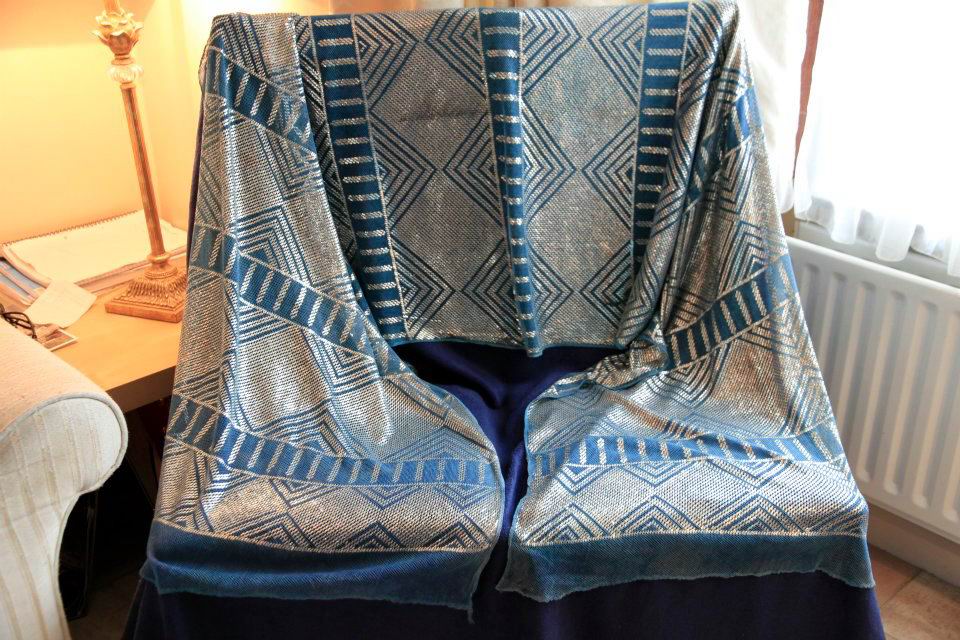 |
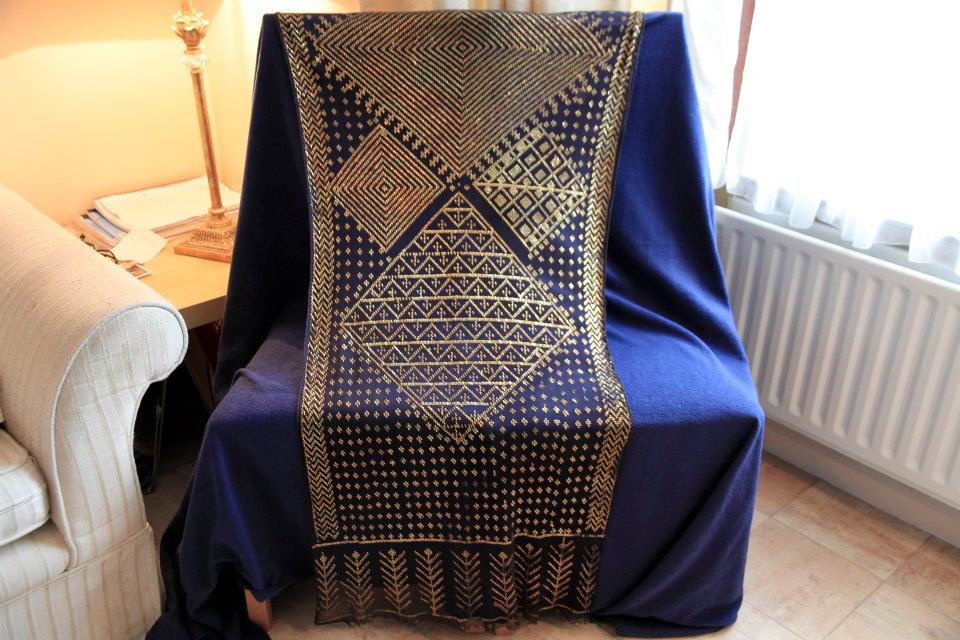 |
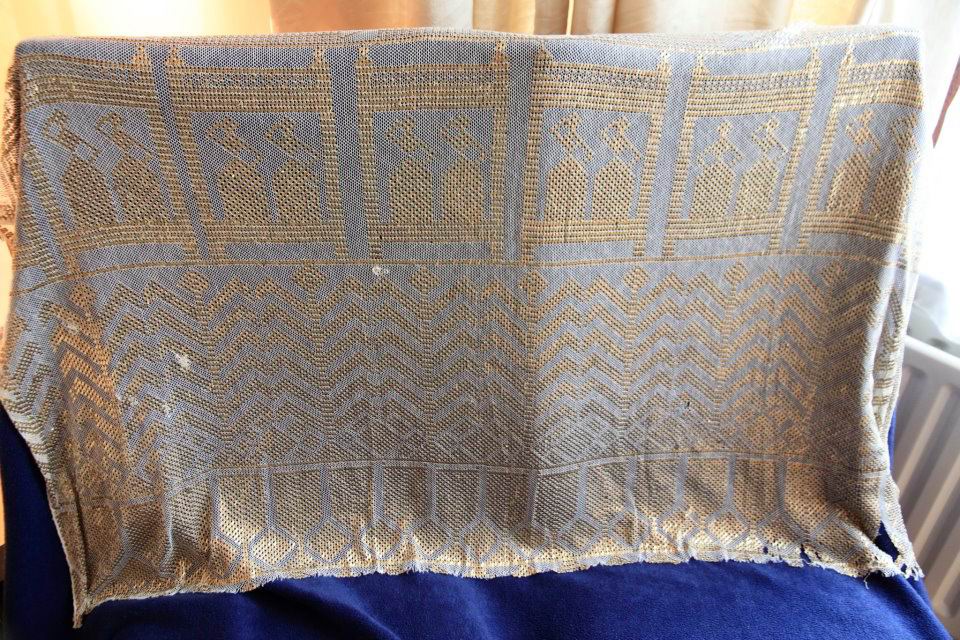 |
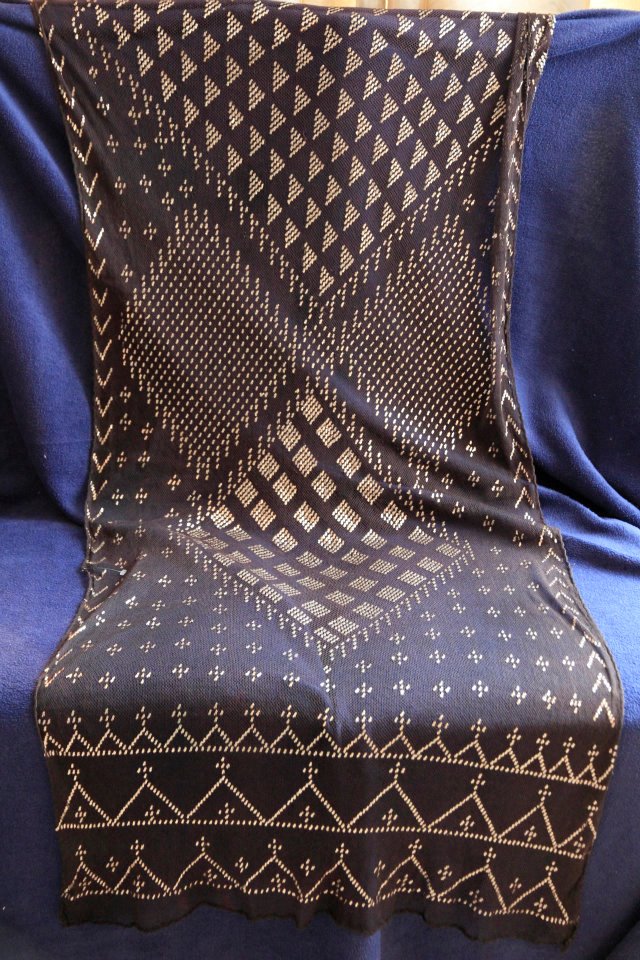 |
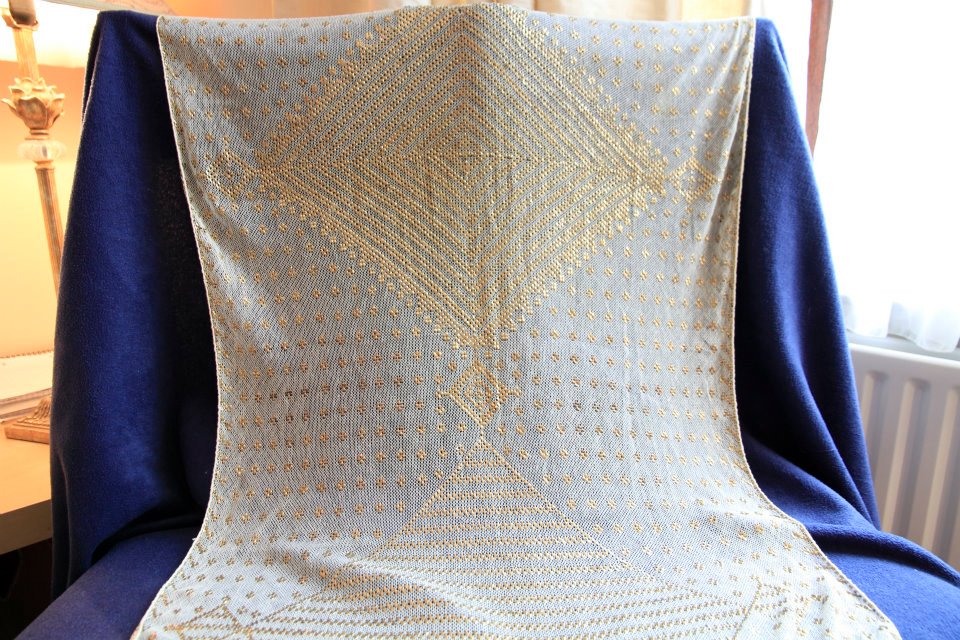 |
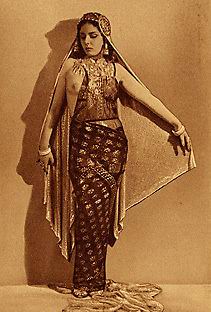 |
| |
|
Image of dancer wearing vintage assuit |
Pricing
They are antique ie expensive
They used to be sold by weight so pricing reflects this
The majority of tillis you will see are silver but you can occasionally get gold ones too, and they are more expensive
Prior to purchase examine closely for holes, fraying and wear and tear . See the deterioration in the image below which was added to demonstrate why you should inspect them thoroughly.
If it is disintegrating do be mindful it might not last long if you intend to wear it
If you intend to repair them use thread that is compatible eg it won't disintegrate and can be dyed if you will /intend to dye them
Care
They must be handled with care as they are antiques
Hand washing in very gentle liquid soap
Do not machine wash, or soak for lengthy periods
They can be dyed in cold water with salt
You can get white ones
They can be lined but I recommend an under garment that can be more readily washed separately
You must sew them by hand
They are fragile and must be stored carefully in specialist tissue paper
Don't sit down when wearing one!
Don't hang them up
Dry/air them flat
Costuming
Photos and film clips will give you plenty of ideas
The antique ones are very soft and sculpt to the body very fluidly
The modern ones I have seen so far are very stiff and pale in comparison
Consult a special dressmaker prior to cutting the fabric or making one up
As it will be sewn by hand the price will reflect this
They can be very heavy and it will change how you move
Further reading
Gilded Serpent links
Interesting facts
The mystery of tulle bi telli and with “How to make an Assuit Costume Guide”
‘Assuit' is an Egyptian netting fabric embroidered with real metal and named after its city of origin, Asyut ~ a region of Upper Egypt at the heart of the textile industry during the 19 th century. Known as ‘tulle bi telli' or ‘al tally' throughout Egypt (Arabic for ‘net with metal'), its alternative spellings (due to its transliteration from Arabic to English) are many.
This truly stunning, exotic and exceptional material is created by threading wide needles with flat strips of metal (such as nickel, silver, copper or brass) through cotton or linen netting, then flattening and rolling, or hammering, the metal to achieve the most exquisite and distinctive effect through impeccable craftsmanship and expertise. Patterns formed by this unique embroidery include geometric figures as well as plants, birds, people and camels ~ symbols heavily depicted in Egyptian iconography. It is generally black, white or ecru and used mostly as shawls, but is also seen in small squares, large pieces (used as bed canopies) and in traditional Egyptian dress. Vintage Assuit shawls are primarily made from the highly superior long-staple Egyptian cotton grown in the Asyut region with a quality so fine that antique dealers sometimes mistake the cloth for linen, or even silk.
The concept of metal embroidery dates back to ancient Egypt (as well as other areas of the Middle East, Asia, India and Europe) ~ a very sheer fabric is shown in Ancient Egyptian tomb paintings and the metallic embroidery is referenced in Exodus 29: “...And they did beat the gold into thin plates and cut it into wires, to work it in the blue, and in the purple, and in the scarlet, and in the very fine linen, with cunning work.” However, the bobbinet machine (invented in 1807 and introduced to the Asyut region during the French Protectorate) led to machine-made netting and the subsequent production of Assuit here from the late 19 th century.
Shawls began appearing in the last quarter of the 1800s and were first made as tourist art for European and American travellers, with the fabric later described in Edwardian era travel literature as ‘spangled mosquito netting' (to be worn over hats as protection). Their popularity soared in the 1920s at the height of the rush to uncover the ruins of ancient Egypt ~ culminating in the discovery of Tutankhamun's tomb in 1922 ~ incorporating the requisite motifs and symbols representative of hieroglyphics, Egyptian iconography and ancient art. Shawls then began to be made into garments, a fashion that neatly juxtaposed the geometric designs and motifs, influenced by the ancient world, with the modern Art Deco sensibilities of the time. Suddenly, everything Egyptian was desirable and its influence permeated dance, fashion and film.
Assuit had first been imported to America for the 1893 Chicago Exposition and with the ensuing revival of interest in the 1920s, Hollywood played its own significant part by falling in love with this gorgeous cloth and duly dressing the icons of the silver screen in its inimitable and enticing creations, providing a connective link to the 20s and the zenith of Assuit's popularity. Off screen, this fabulous fabric appeared in publicity stills and was worked into revealing costumes for exotically themed parties, worn draped over the head or as divinely decorated wraps, and transformed into the most stunning and seductive of wedding gowns. Throughout the early days of film, when the cloth represented the luxury of travel and a mythologised East, it became symbolic of an educated, well travelled bohemian lifestyle and encouraged starlets off screen to collect shawls to wear as elegant accessories or even as garments (Clara Bow ~ Hollywood's ‘It' girl ~ famously wore an Assuit shawl as a gloriously glamorous dress).
One of the first epics to feature Assuit was the 1916 D W Griffith masterpiece, Intolerance...by using modern fabrics sourced from Egypt , the film and the costumes evoked the exoticism of a fantastical and timeless place. Travis Banton ~ considered one of the most important costumiers in Hollywood in the 1930s ~ used Assuit in Cecil B DeMille's classic Cleopatra (1934); June Havoc's Assuit dress lent her statuesque frame a cool, metallic quality in Intrigue (1947); and it was draped to dramatic effect in Samson and Delilah (1949) in an Edith Head designed, stunning two-piece ensemble cut on the bias to emphasise the contours and curves of the inimitable Hedy Lamarr.
Elizabeth Taylor was pictured maintaining a stylishly subtle connection to Egypt (and her hallmark roll of Cleopatra) in a beautiful Assuit robe in 2007 and lately, period movies have used Assuit to reference and echo the last century ~ prompting designers to incorporate this fine vintage cloth to appropriately evoke its popularity with the beautiful and the bohemian during the 1900s and the 1920s. It was used in the film Water for Elephants, to reinforce the subtle connection between the fabric and dance and more recently, Tom Cruise wore a vintage Assuit scarf to channel his 80s ‘metal guru' in Rock of Ages.
In terms of modern designers, Galliano used Assuit in his 1997 Autumn collection for Christian Dior ~ a major style statement that went on to grace every fashion magazine that season, and justifiably so.
This is a fabric so utterly fabulous, so luxurious, sensual and illuminating ~ interwoven with history, mystery, allure and adventure while creating the most unusual and exceptionally beautiful items that have the ability to seduce and captivate. Evocative of an Egypt ancient and timeless, redolent of the Golden Age of Hollywood and even the Golden Phase of Klimt with its impressionism, symbolism and art of illuminating imagery spun with shimmering gold ~ this is a fabric to be draped in and to dream in: delicate, delightful, desirable and just divine!
............................................................................................................................
Disclaimer
Planet
Egypt is not responsible for the content of external
websites or services listed above.
|